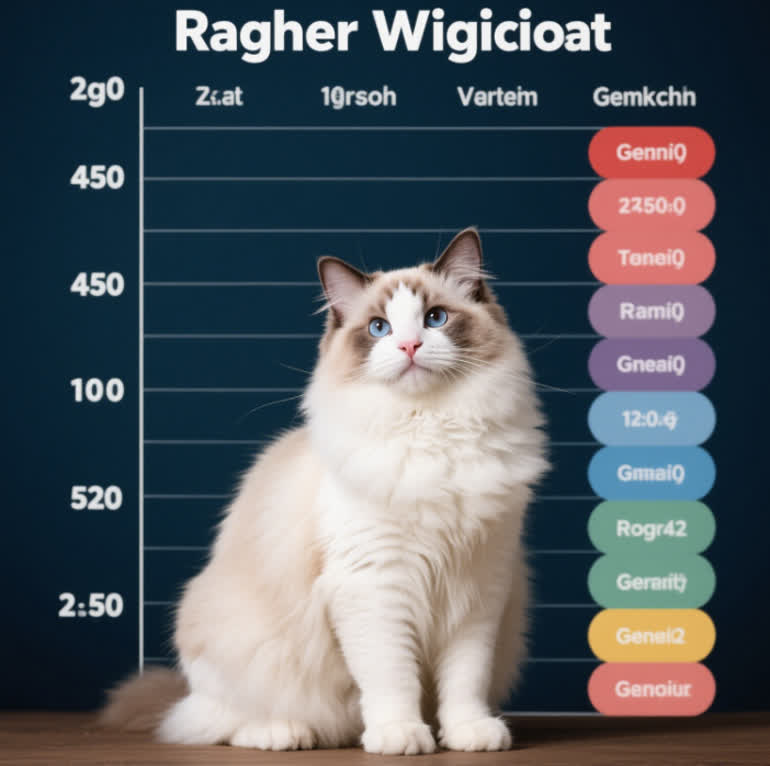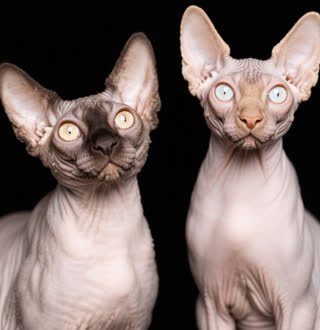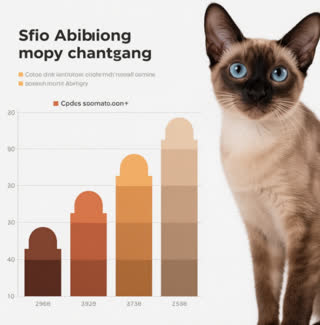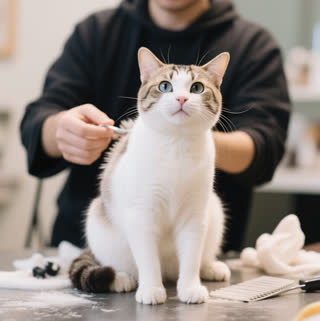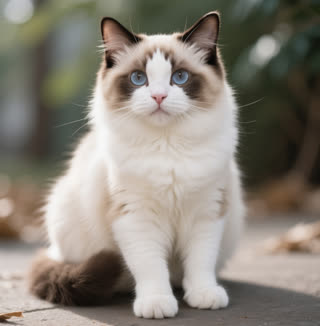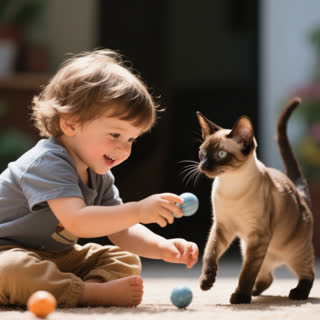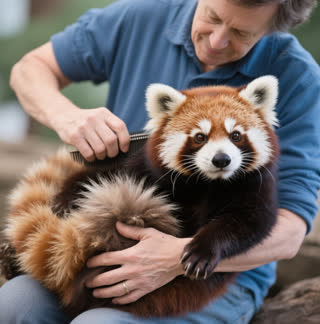Understanding the Ragdoll Growth Journey
Key Growth Stages
- Kittenhood (0–12 Months):
Ragdoll kittens grow rapidly, doubling their birth weight within the first week . By 3 months, they may weigh 3–4 pounds, and by 6 months, they often reach 6–10 pounds. Males generally outpace females in weight during this phase . Feeding Tip: Provide high-protein kitten food to support muscle and bone development .
- Juvenile Phase (1–3 Years):
Growth slows but continues. Males may add 1–2 pounds annually, while females gain 0.5–1 pound. This is a critical period to prevent obesity, as Ragdolls are prone to weight gain due to their laid-back nature . - Adulthood (4+ Years):
Full physical maturity is reached, but weight management remains essential. Males typically stabilize at 15–20 pounds, females at 10–15 pounds .
Ragdoll Cat Weight Chart by Age and Gender
| Age | Male Weight | Female Weight |
|---|---|---|
| Newborn | 3–6 oz | 2.65–5.29 oz |
| 1 Month | 1.1–2.2 lbs | 0.88–1.8 lbs |
| 3 Months | 3.3–5.5 lbs | 2.9–4.4 lbs |
| 6 Months | 9.9–11.9 lbs | 7.7–9.3 lbs |
| 1 Year | 17.6–18.7 lbs | 14.8–15.4 lbs |
| 2 Years | 18.7–19.8 lbs | 15.4–16.5 lbs |
| 4 Years | 19.8–22 lbs | 16.5–17.6 lbs |
Factors Influencing Weight
Genetics
Breed Lineage: Ragdolls from larger parents tend to grow bigger. For example, a male with 19–20 lb parents may exceed 15 lb by adulthood .
Neutering/Spaying: Early neutering can slightly increase height due to delayed bone plate closure, but it may also lead to weight gain if calorie intake isn’t adjusted .
Diet and Nutrition
Portion Control: Overfeeding is a common mistake. Follow feeding guidelines on cat food packaging and adjust based on activity levels .
Quality Ingredients: Opt for high-protein, low-carbohydrate diets to support muscle development and prevent obesity .
Health and Lifestyle
Exercise: Regular playtime (e.g., chasing toys or climbing cat trees) helps burn calories and maintain muscle tone .
Vet Checkups: Monitor for health issues like hypertrophic cardiomyopathy, which can affect weight and energy levels .
Gender-Specific Considerations
Male Ragdolls
Size: Larger bone structure and broader chests contribute to higher weights. Mature males often weigh 15–20 pounds .
Behavior: More laid-back and social, they may require extra encouragement to stay active .
Health Risks: Prone to urinary tract blockages, so ensure adequate hydration .
Female Ragdolls
Size: Smaller and more agile, females typically weigh 10–15 pounds .
Behavior: Independent and playful, they may engage in more self-initiated activity .
Health Risks: Spaying reduces the risk of mammary tumors .
Monitoring Your Ragdoll’s Weight
Body Condition Score (BCS)
Ideal BCS: 4–5 out of 9. You should feel ribs without excess fat and observe a defined waist when viewed from above .
Red Flags: If your cat’s ribs are invisible or they struggle to jump, consult a vet .
Practical Tips
Regular Weigh-Ins: Use a pet scale monthly to track progress.
Adjust Diet: Switch to adult food at 1 year and senior formulas after 7 years .
Hydration: Offer wet food to prevent urinary issues and support kidney health .
Common Misconceptions
- “Ragdolls Should Stop Growing at 1 Year.”
False. They continue growing until 3–4 years, with males often gaining weight even after physical maturity . - “All Ragdolls Follow the Same Weight Chart.”
Genetics and environment cause variations. For example, a male from a smaller lineage might peak at 13 lb, while another reaches 20 lb . - “Free-Feeding Is Harmless.”
Overfeeding leads to obesity, which increases the risk of diabetes and arthritis .
